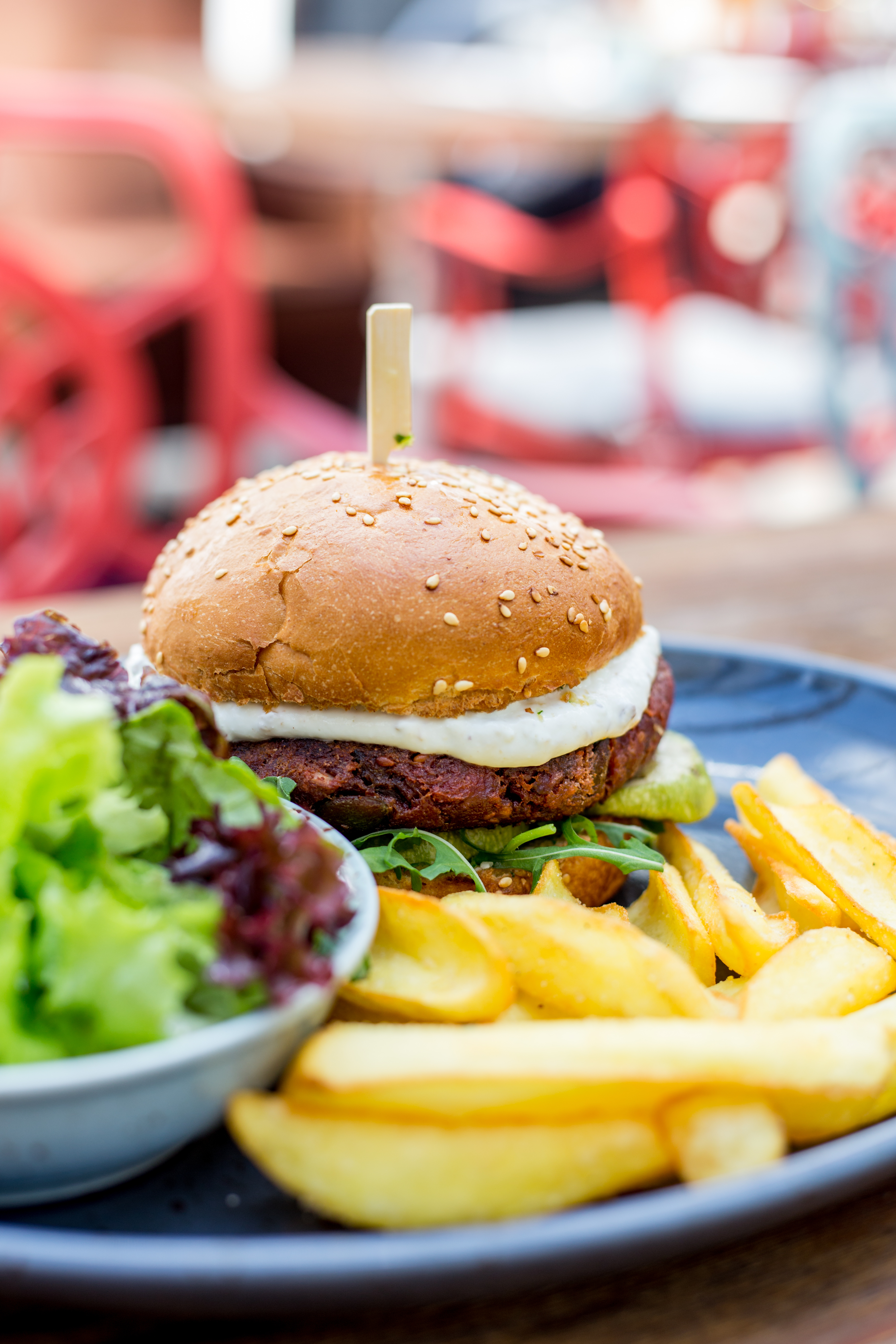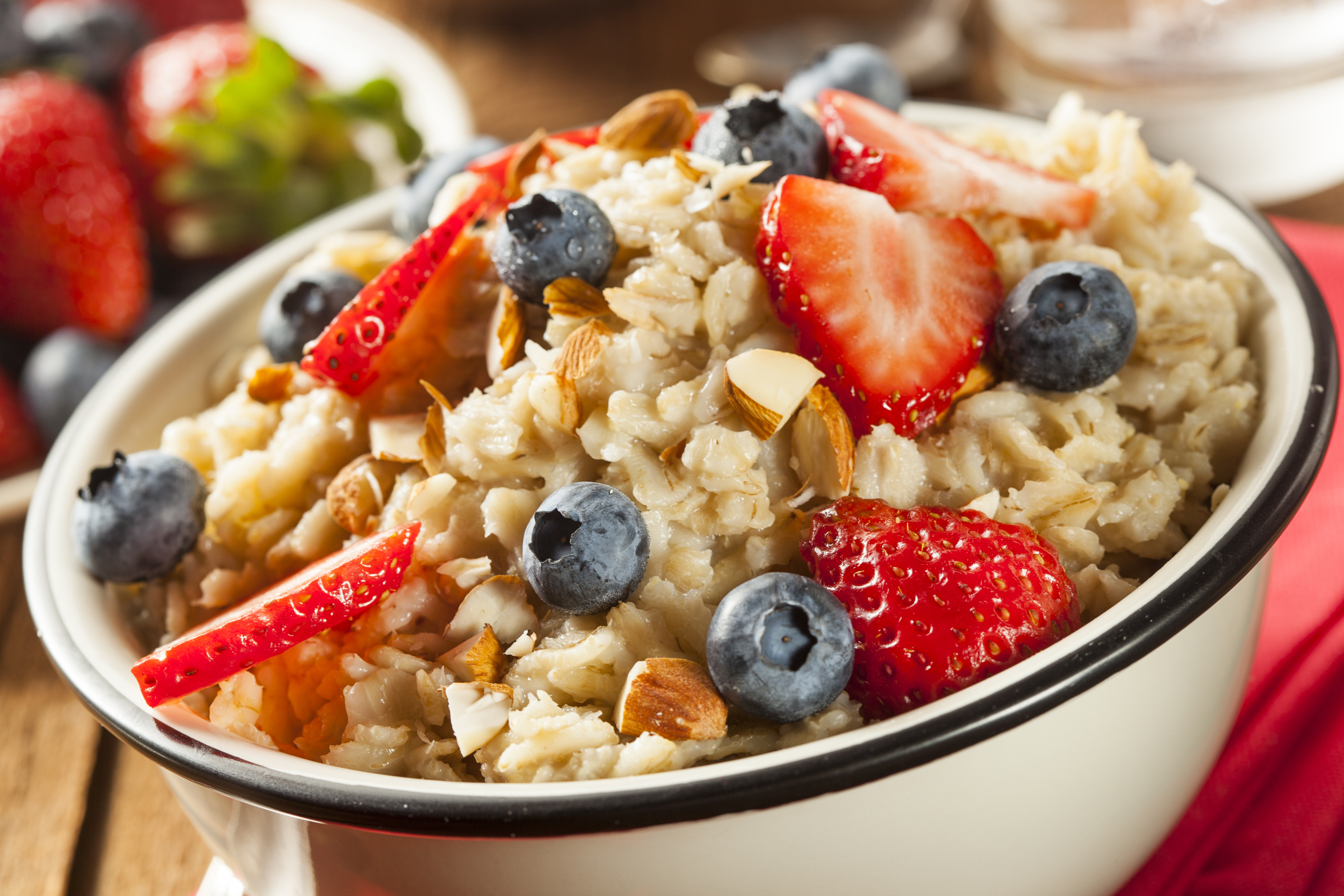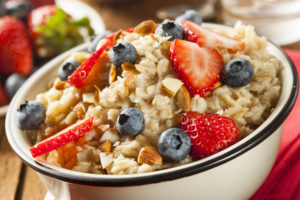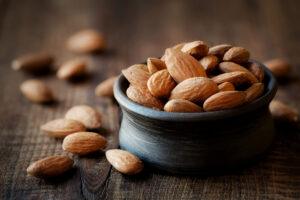
Best Nuts: The Wellness Superfood
Crunchy, flavorful, rich, and packed with the good fat. Yes, we’re talking about nuts. Without doubt, including nuts in your diet will bring you the health benefits of one of nature’s healthiest snacks. Whether you’re trying to lose or keep your ideal weight, lower your risk for heart disease, stroke, or even cancer, and reduce cholesterol, a nutty diet can help.
What is a nut?
A nut is simply a dry fruit consisting of one or two edible kernels packed inside a hard shell.
The Health Benefits of Nuts
Studies in the Journal of the American College of Cardiology and the American Journal of Clinical Information reveal that individuals who consume nuts (the “tiny powerhouses”) at least five times weekly have:
- Lower markers for inflammation– elevated levels of inflammation markers can translate to the higher tendency of getting an infection, a greater risk for diabetes, stroke, and cancer—or simply, becoming ill.
- Lower risk for heart diseases– three studies with 210,836 participants who ate nuts had a significantly lower risk for heart disease. This was in comparison with people who seldom ate nuts.
- Benefits of the macronutrients– these include dietary fiber, moderate amounts of protein (9-20%), the healthy unsaturated fats (49-74%) in the form of the monounsaturated, and polyunsaturated fats. These help fill us up for longer and curtail hunger.
Nonetheless, it is a fact that not all nuts are created equal. Some varieties are rich in essential nutrients and amino acids, including several B vitamins (e.g., folate), vitamin E, and arginine. The healthy types are packed with minerals such as iron, calcium, zinc, and magnesium. Additionally, some nuts are full of antioxidant minerals (manganese, selenium, and copper), plus other phytochemicals and plant sterols which are important in keeping illnesses at bay.
Here’s a list of the best nuts known to ward of inflammation or unwanted heart-related conditions:
Walnuts– also known as the “Royal Nut of Jove” (Jove or Jupiter, was the King of the Roman mythological Gods), walnuts are one of the oldest foods prized by the Romans. Today, these tree nuts remain esteemed for their delicious flavor, anti-inflammation benefits, and heart-healthy content of monounsaturated fats and antioxidants, and the hard-to-find omega 3 fatty acids in the form of alpha-linolenic acid (ALA).
The Food and Drug Administration (FDA) has approved the health claim that eating 30 grams (1.5 ounce) of walnuts daily reduces the risk of heart conditions.
Roughly 15% of its fat component is the healthful monounsaturated fats.
Two recent studies have proven that individuals on Walnut-rich diets showed a reduced risk for heart problems. They also had reduced total cholesterol, bad cholesterol, and the C-reactive protein (CRP) and lipoprotein figures. High CRP and lipoproteins can translate to higher inflammation/risk for heart problems.
Also, people who eat walnuts have lower risks of having a stroke.
Almonds– this is a versatile and delicately flavored nut (technically the seed of the fruit of the Almond tree). It has been revered by cultures in history, and was held as among “the best fruits in the land.” Today almonds are still highly regarded and even referred to as “the King of Nuts,” with clear evidence of being an excellent food for a healthy heart. Almonds are great sources of vitamin E, a nutrient that helps stop bad cholesterol from accumulating in the arteries. It is also a concentrated source of monounsaturated fats, which is associated with lower levels of LDL cholesterol, and reduced risk for heart disorders.
These nuts are not only satisfying, and easy-to-carry, but are definitely nutritious, high in calcium, and can complement almost any type of dish. Just half of a cup will contain 15 grams of protein.
Almonds have received a qualified health claim (QHC) status from the US FDA. It has been recognized that consuming 30 grams per day provides exceptional health benefits.
Almonds, according to research, promote healthy weight, particularly benefiting your waistline. Specifically, almond-enriched low-calorie diets assisted overweight individuals to shed pounds effectively (even more than low-calorie diets high in complex carbohydrates).
Consuming this superfood regularly has been linked with a lower percentage of developing colon cancer. This may partly be attributed to its concentrated dietary fiber content.
20 years of research data have revealed that women who eat at least one ounce of almonds have a 25% reduced risk for acquiring gallstones.
Pistachios– If you are athletic, you’ll need potassium and protein supplement, which are natural in pistachio nuts. Pistachios are known to have lower fat content than most nuts. It is a rich source of the B vitamins (containing six out of the eight). It should provide you with your needed requirements for dietary fiber, iron, calcium, magnesium, and zinc. Best of all, pistachios are rich in gamma tocopherol and lutein–two potent antioxidants that help stop fats from clogging the arteries. Generally, this provides a heart-protective effect.
For individuals with advancing age, the lutein content helps maintain good eye health.
This nut contains a rich combination of plant sterols, the antioxidant resveratrol, as well as protein and potassium.
Brazil nuts– highly recommended for men, brazil nuts are a rich source of selenium, which is vital for a healthy prostate gland. Just eating two brazil nuts will provide well over a day’s selenium requirement—no other type of food, according to studies, has come close to that!
Selenium is a powerful antioxidant that helps sustain resistance to diseases. Brazil nuts contain similar amounts of the heart-healthy fatty acids (the mono- and poly- unsaturated fats). These nuts are also naturally low in sodium and sugar.
High in arginine – the amino acid which is responsible for preventing the clumping of blood (also called blood clotting). Blood clots, if unmanaged, can lead to fatal events such as stroke, heart attack, damage to body organs, or even death.
A handful of this nut provides as much dietary fiber, protein, zinc, and iron as a single serving of lean lamb. A 30g serving is approximately 10 brazil nuts.
These nuts are rich sources of thiamin, vitamin E, magnesium, phosphorus, and copper. Phosphorus and magnesium play important roles in bone building, while copper assists the nervous system in the healthy formation of the red blood cells (RBC), hair, and skin pigments.
Cashews– This must-eat snack provides the right amounts of copper, needed for healthy hair and skin. It also contains high proportions of zinc, which benefits all forms of tissue (damage) repair throughout the body. Cashews are a tasty, heart-healthy snack which will go well with your salads and sautéed dishes.
This is full of plant-based iron and has a low glycemic index (GI). It is an impressive source of protein, dietary fiber, potassium, selenium.
Also, these are extremely rich in copper, essential for supporting the integrity of your joints; and magnesium, which is vital for both heart and bone health.
It is packed with vitamins including the B vitamins, intertwined with the healthy unsaturated fats that boost heart health.
Cashews have low-fat content than most other nuts. Roughly 58% of its total fat is the monounsaturated fat, oleic acid. This good fat and its benefits are that which has made olive oil rather popular.
It is good news for vegetarians that 50 grams of cashew nuts will give as much iron as a few helpings of lamb cutlets.
Chestnuts– The chestnuts’ nutty, sweet taste, and texture that’s similar to baked potato makes it a unique treat. Its health benefits may be attributed to its low-fat content, particularly its low total fat and saturated fat content. Also, it has several similar properties to wholegrain. It contains carbohydrates and protein, folate, vitamins, minerals, and good dietary fiber.
Chestnut diets have a low GI that can help reduce the risk for type 2 diabetes and heart diseases. Specifically, low GI meals can help manage blood sugar and insulin levels.
This is the only type of nut packed with vitamin C. A serving can provide about 20% of the recommended daily intake. Note: Although vitamin C can be lost during the preparation/cooking process.
This is naturally low in sodium and sugar content. A 30g serve is approximately 4 chestnuts.
Peanuts– although peanuts are technically legumes and grow underground (in comparison with other nuts that grow in trees), these have similar nutritional properties and health benefits as the tree nuts. These are packed with phytosterols, the heart-healthy nutrients that help lessen cholesterol levels. Eating peanuts regularly is another great way to add the heart-healthy monounsaturated fats in your diet.
These are also popular for their antioxidant and anti-inflammation properties which primarily is because of its resveratrol content.
Moreover, peanuts contain high amounts of folate and niacin, the B vitamins that contribute to improved heart health.
Several studies have shown that peanut (and even peanut butter) have reduced the risk for heart disease by roughly 21% when consumed regularly, in comparison with the average American diet.
Pine nuts– apart from being packed with antioxidants, phytochemicals, vitamins, and minerals, pine nuts have been associated with increased satiety. It has been proven to lessen appetite for up to four hours after taking a meal. This can be beneficial for sustaining your weight loss program. This variety primarily contains healthy polyunsaturated fats. It has lesser amounts of monounsaturated fats.
These are a rich source of manganese, necessary for the metabolism of nutrients and bone formation. Pine nuts as are the second-highest source of zinc and iron among all the nuts; and a good source of vitamin E.
Additionally, they provide abundant amounts of copper, magnesium, thiamin, and niacin, which are essential in reducing overall mortality. These lessen the risk of developing long-term diseases such as diabetes and heart conditions.
Macadamias- this healthy tree nut has been associated with the reduction of damage to body tissues and cells (due to the harm brought by free radicals). Hence, eating macadamias regularly can significantly reduce the development of diseases and premature aging. The oil of this nut is also believed to maintain the youthful suppleness of the skin and provides good skin health in general. Notably, it has shown to improve the appearance of minor skin irritations and scars.
This variety contains the highest levels of the healthy monounsaturated fats of all tree nuts (81%), that is essential for the heart’s protection.
These are also a rich source of manganese, magnesium, and thiamin. Manganese and magnesium have important functions in activating enzymes, the substances involved in biochemical life processes. While thiamin is essential for energy production.
Pecans– like other tree nuts, pecans are packed with antioxidants, phytochemicals, dietary fiber, vitamins, and minerals that are beneficial to good health. Pecans are uniquely healthy because they are naturally low in salt and sugar. These contain healthy fats (mono- and poly- unsaturated fats) that are essential to heart health. These heart-protective fats have linked the regular consumption of pecans to consistent, favorable effects in managing total cholesterol, LDLs ( the “bad” cholesterol), HDLs (the “good” cholesterol), and triglycerides.
Studies show that eating pecans regularly contribute to reduced overall mortality and the risk of developing type 2 diabetes and cancer. It has also shown to assists with weight management and improve heart health.
Having a 45g daily helping of pecans for four weeks has clinically shown a significant reduction in fasting insulin and insulin resistance among obese or overweight adults.
Also, eating pecans regularly has been linked to improved sperm quality for men and reduced depression among adults.
Pecan nuts are one of the rare plant sources of omega-3 fatty acids, specifically ALA. This fatty acid plays a vital role in sustaining heart health.
Pecans are abundant in the powerful antioxidants called polyphenols which protect body tissues from the damage of oxidation. This oxidative stress happens when free radicals, which are known harmful elements, cause deterioration and decay of cells leading to health problems.
Know the Nutty Facts
If everyone swapped the typical processed foods being consumed today with just a handful of nuts, most individuals would lose at least five pounds in four weeks. According to research, this can happen in the absence of other dietary changes. Moreover, adding these treats to your sauces, desserts, entrees, or salads, will make them so filling, you will no longer overeat.
Comprehensive studies of nuts, a true wellness superfood, has shown that:
- Eating the recommended amount of nuts daily significantly reduces the risk of developing heart problems by 30-50%.
- It has lessened the risk of death from heart disease by at least 20%.
- Consuming approximately 67 grams of nuts daily has shown to improve bad cholesterol significantly.
Nut Warning: As in any other type of food, be mindful of the risks of eating nuts, especially if you have allergies to nuts, peanuts, or seeds. Also, nuts are generally not suitable for children under three years old as they may choke if these are not chewed well.



 Overview of Telemedicine and Virtual Doctors
Overview of Telemedicine and Virtual Doctors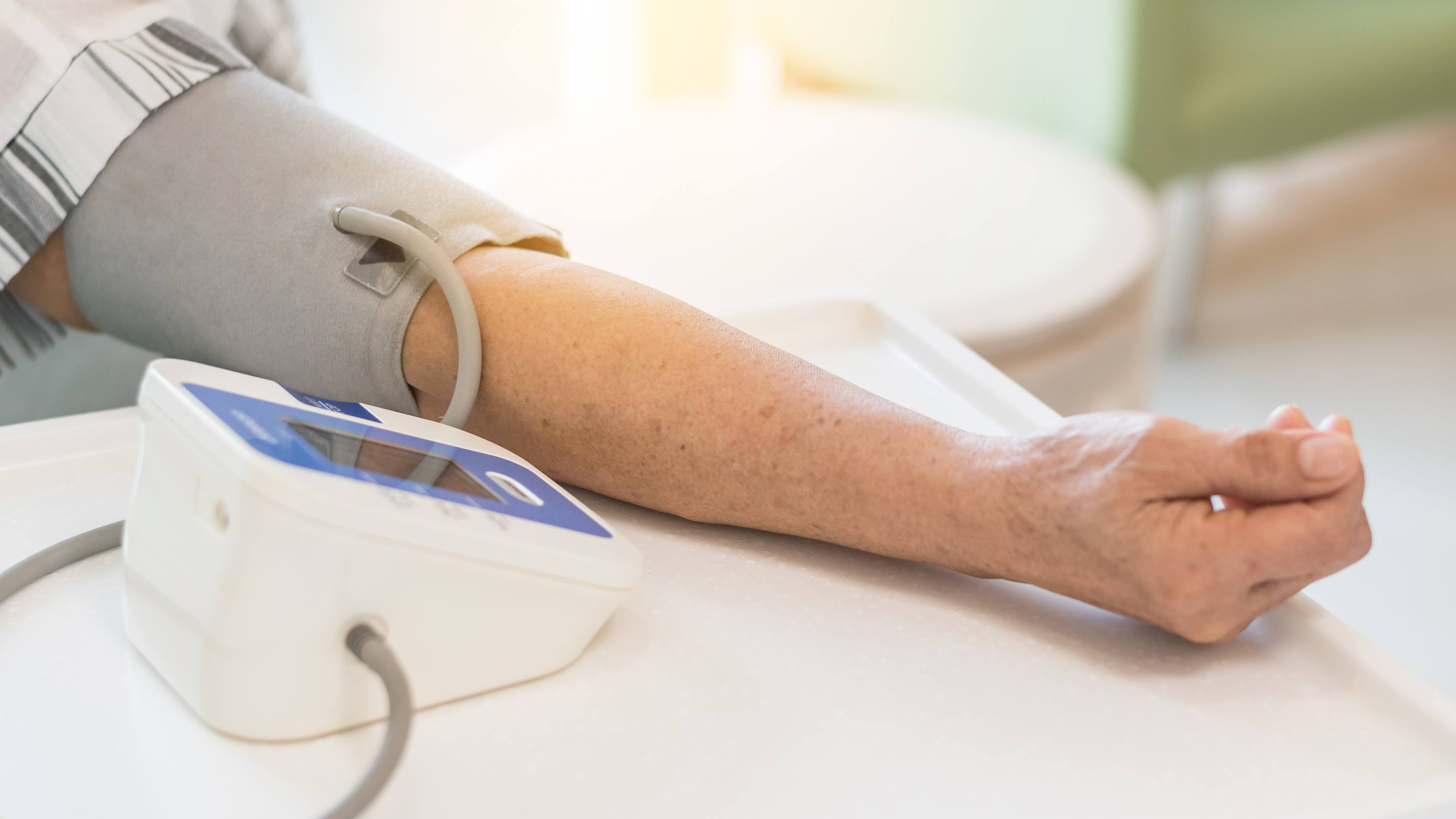
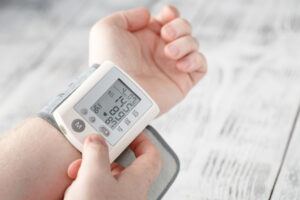
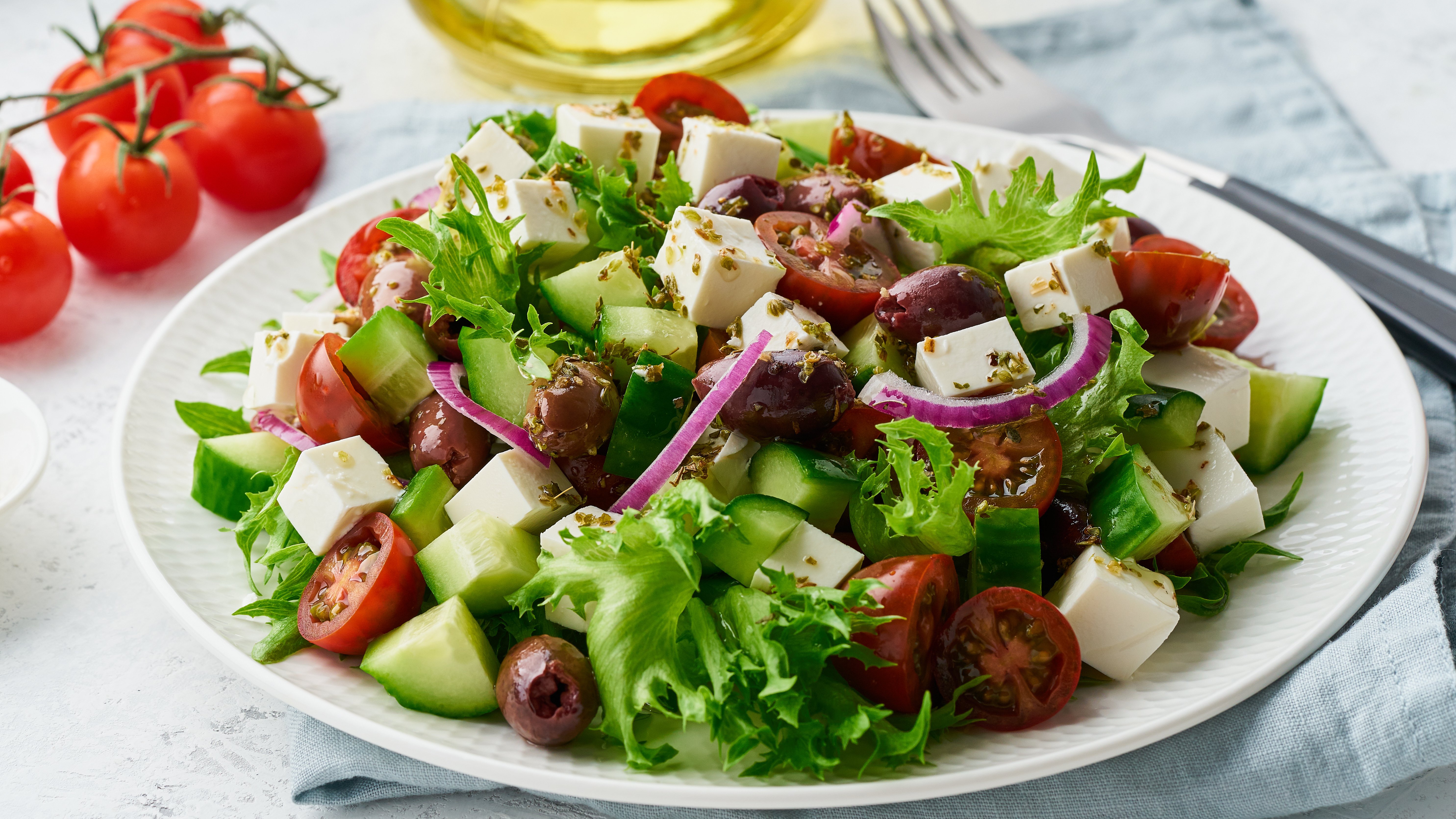
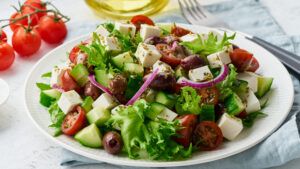
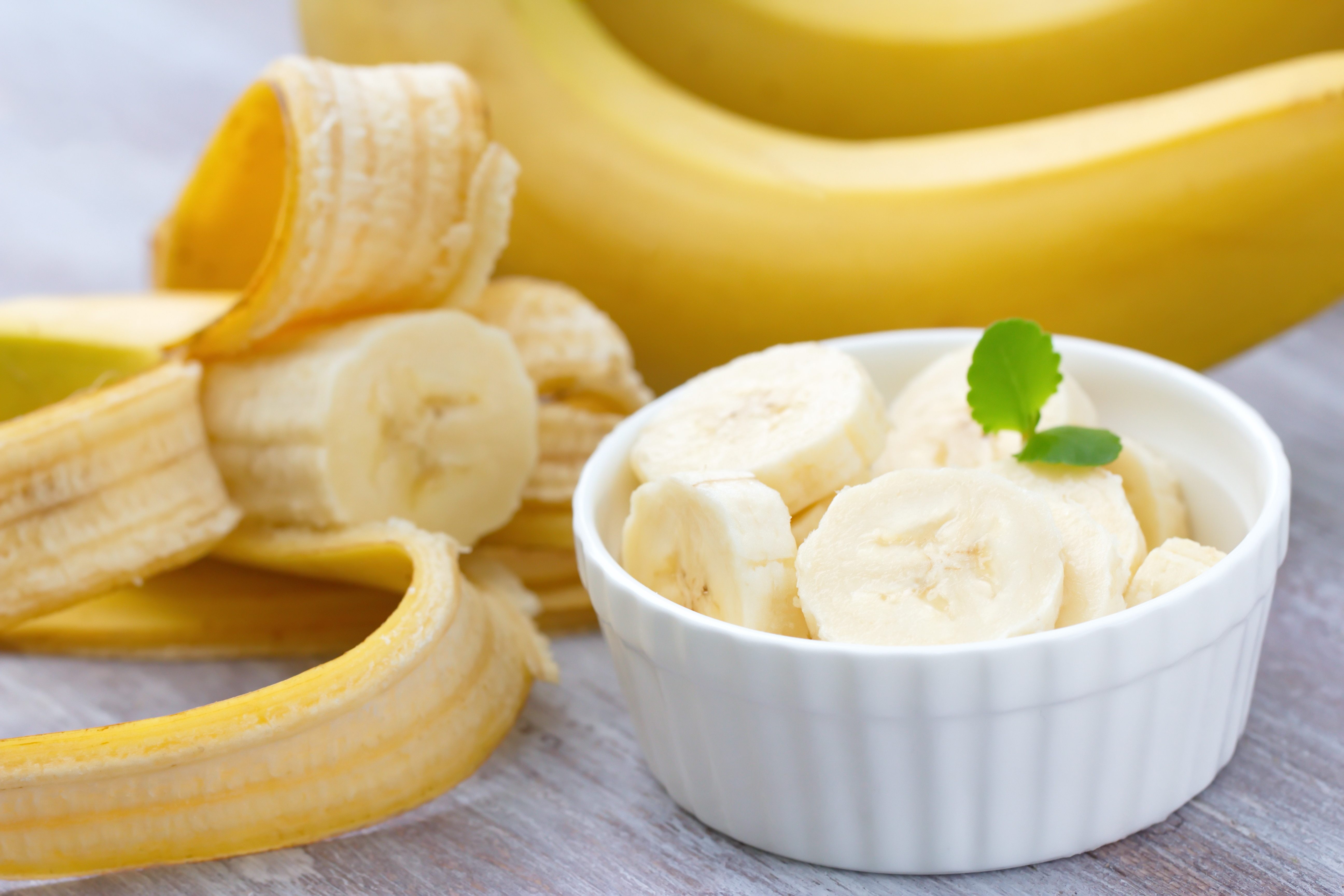


 Complete Sandbag Training Guide for Fitness Beginners
Complete Sandbag Training Guide for Fitness Beginners



